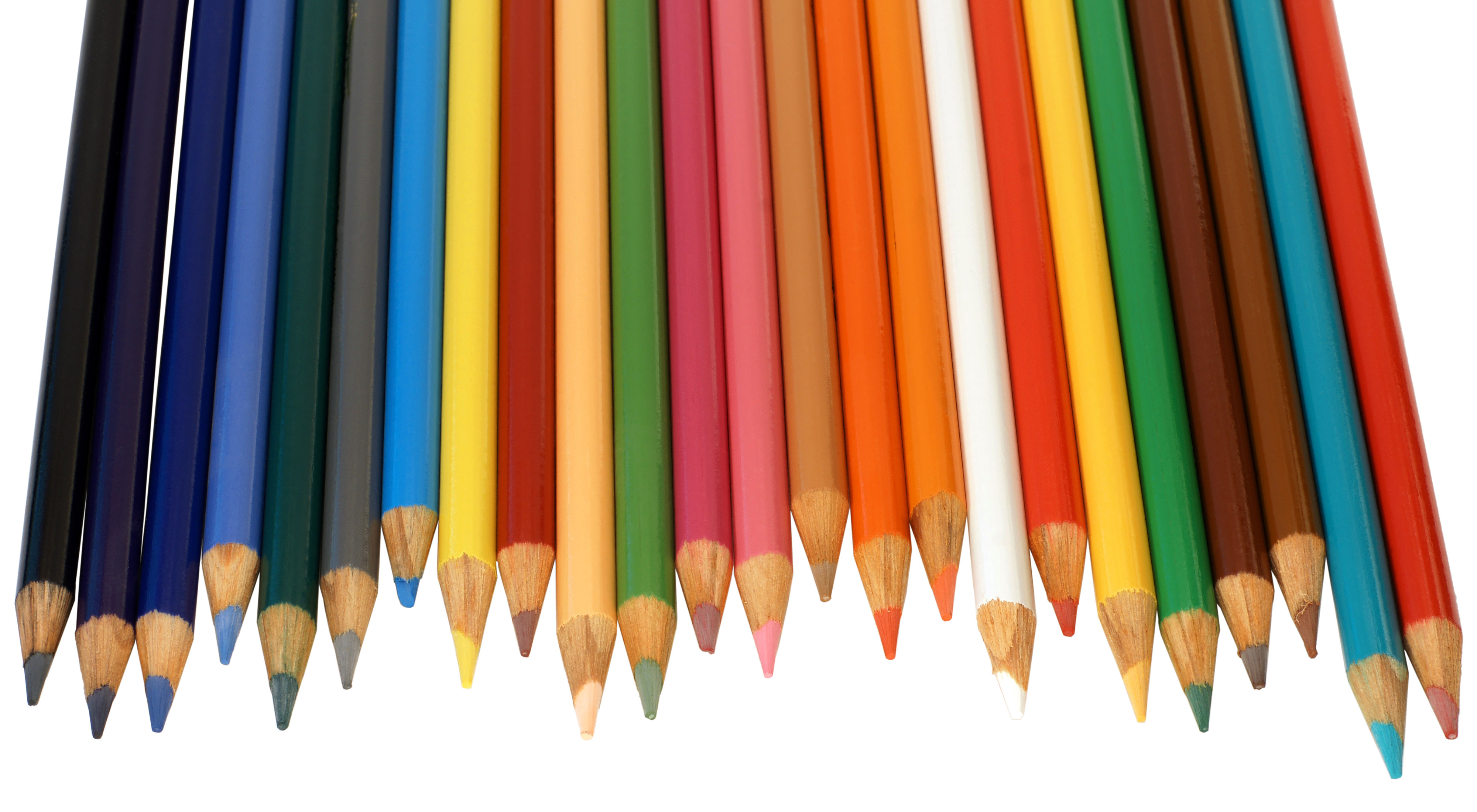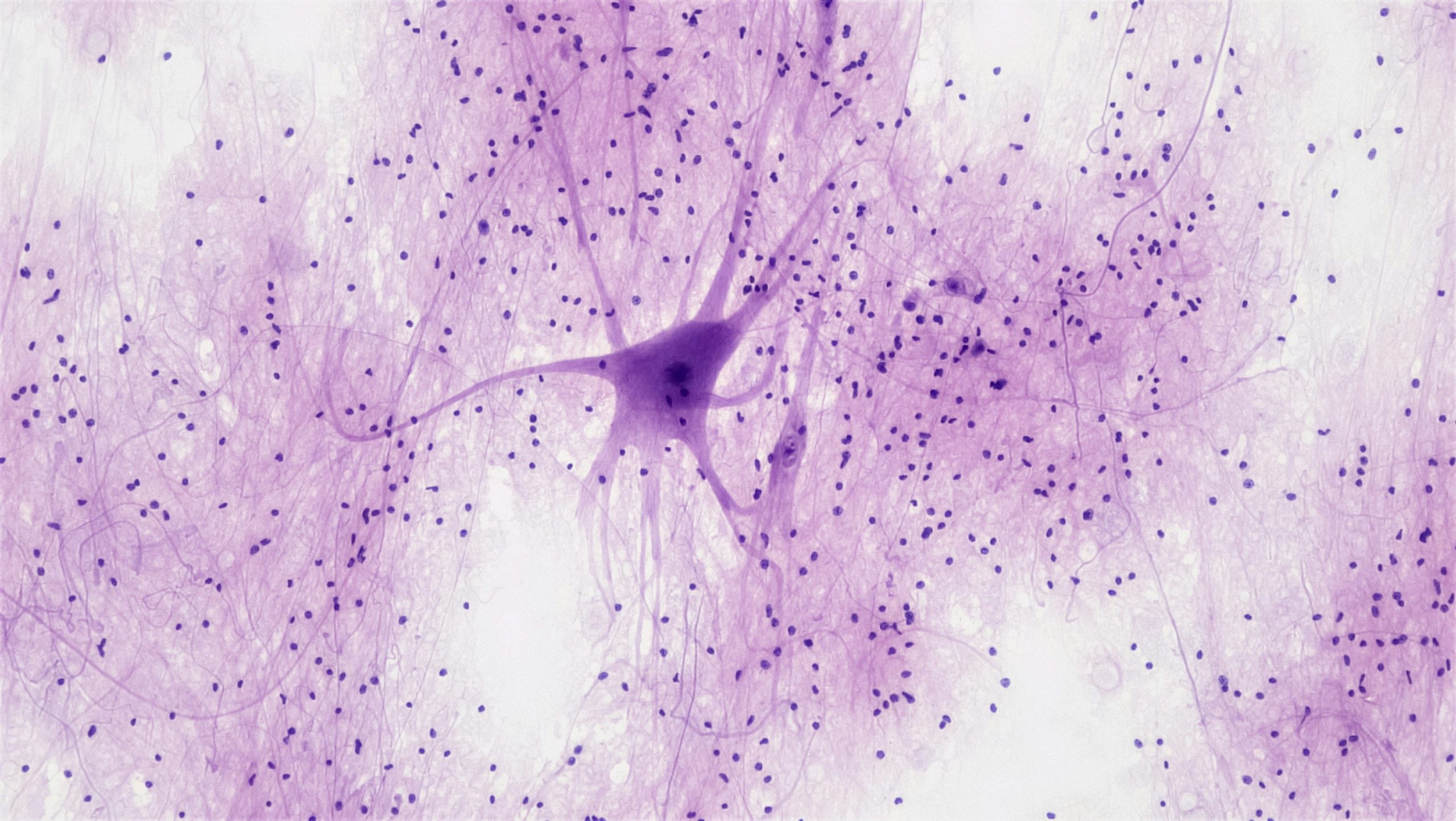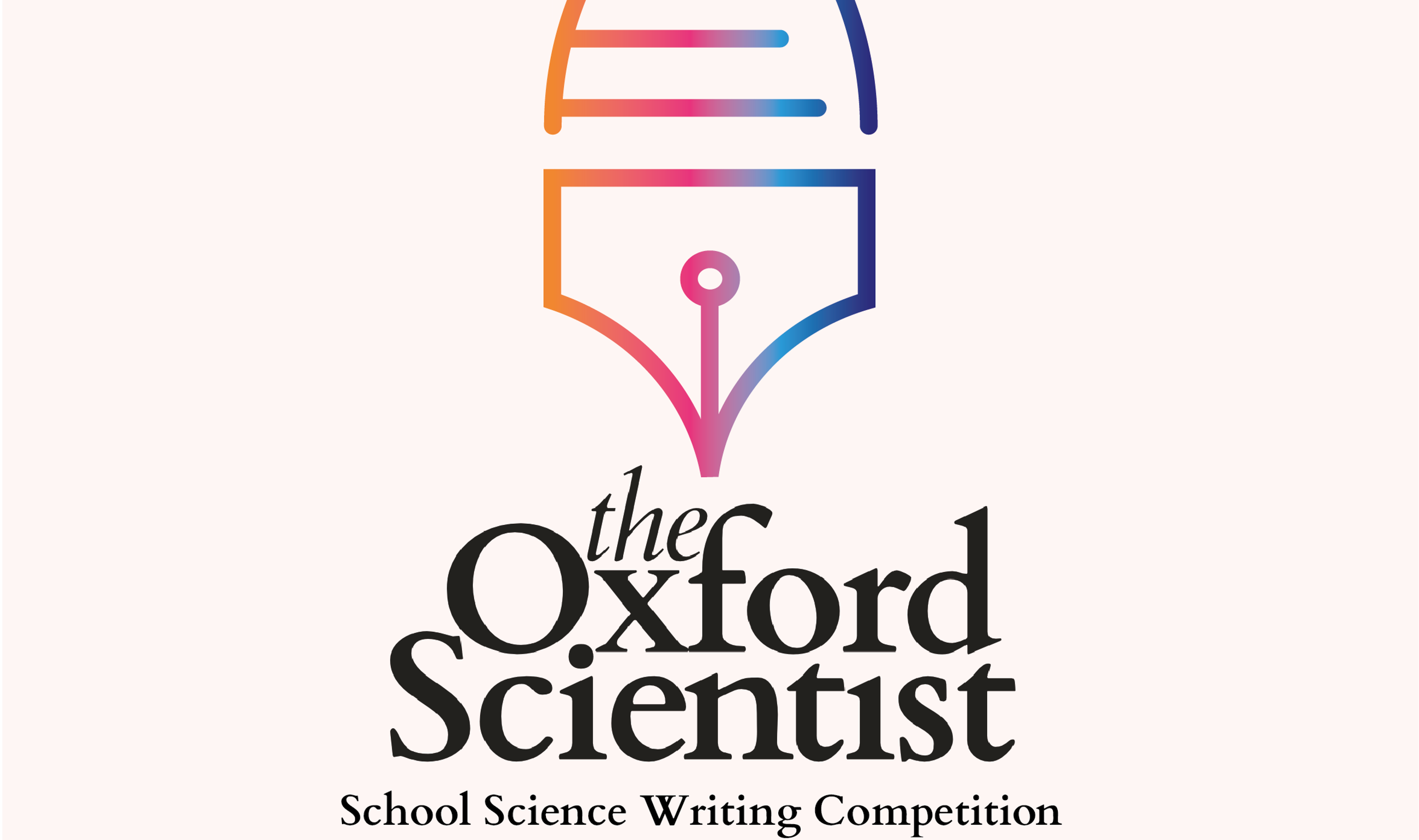by Ashley Kabue, Year 12, Bablake School, West Midlands.
Often viewed as a mundane writing utensil used primarily by young children and artists, pencils are a highly underappreciated tool. For hundreds of years, they have enabled students and scientists alike to record discoveries, quickly note their observations, and most importantly, erase their mistakes. However, they have a long, and at times toxic, history.
The early ancestor of the modern pencil was the stylus: used by the ancient Romans, it was a thin metal rod which left a light, but visible mark on their papyrus sheets. A few millennia later, a vast graphite deposit was discovered in Cumbria, England. The deposit was the largest and purest source of graphite found in the 1500’s- and thus, the production of the pencil was set into action. At the time, graphite sticks with sharpened ends were used as writing devices, without any wooden casing at all- similar to large crayons! Over the next few centuries, developments were made: in the late 1500’s, they were fashioned with wooden casings; in the 1790’s, the hardness of the graphite could be varied by mixing powdered graphite and clay and heating it in a kiln. The eraser was patented, and then added to pencils by Hymen Lipman in 1858.
Graphite is a unique substance- it is non-toxic, inexpensive, and has a chemical structure perfect for its role in pencils. It has a giant covalent structure, and each carbon atom has strong covalent bonds with three other carbons. The uniqueness of graphite is due to its layers- the carbon atoms form many layers, and each has many hexagonal carbon arrangements within them. The layers are placed one on top of the other, and thus have weak Van der Waals intermolecular forces between them, that are easily broken- indeed, these weak forces are the reason we can write with graphite. The friction between the pencil and paper has enough pressure to remove one layer from the pencil and onto the paper, leaving a trace behind.
Erasing pencil marks is simple, with the invention of rubbers in 1770. Before this time, people used rolled-up pieces of white bread to remove unwanted pencil marks. The dubious origin story behind erasers is that Edward Naime, a British engineer, accidentally picked up a piece of rubber instead of white bread- and thus, the rubber was born. Despite the legitimacy of that story, the eraser was one pivotal development that increased the ease with which pencils can be used. As they are rubbed against the paper, heat is generated from the friction. This warms the rubber enough for it to stick to the graphite particles on the outer surface of the paper and lift them from the paper.
A common misconception held by many – including myself at one time – is that the core of pencils was once lead, therefore resulting in the name ‘lead pencils’. This is indeed a misnomer, as upon its discovery in Cumbria it was named plumbago, or ‘lead ore’ in Latin, as it was presumed to be a form of lead. However, occasional cases of lead poisoning from pencils were reported until it was banned in pencils in the mid 20th century- it was not the core, which was made of graphite, but the lead paint on the outside. Simply chewing pencils absentmindedly during classes could result in toxic lead entering the body, causing often fatal effects. Large exposure to lead can easily cause brain damage: the body mistakes lead for calcium, and therefore allows it to enter the brain. It then affects the storage of calcium inside cells which can lead to the death of neurons and brain cells. It can also intercept and hijack calcium’s role within the brain, interrupting the release of neurotransmitters within the brain, which affects learning and memory in children. Thankfully, the outlawing of lead in pencils means it is highly unlikely for this to occur ever again.
To conclude, it is easy to take for granted the tools we have: without pencils, the day to day life of myself and my peers would be much more difficult. Progressing in scientific advancements is important…but so is stopping to take a look back at the less exciting, but essential, components of our life- like pencils!





